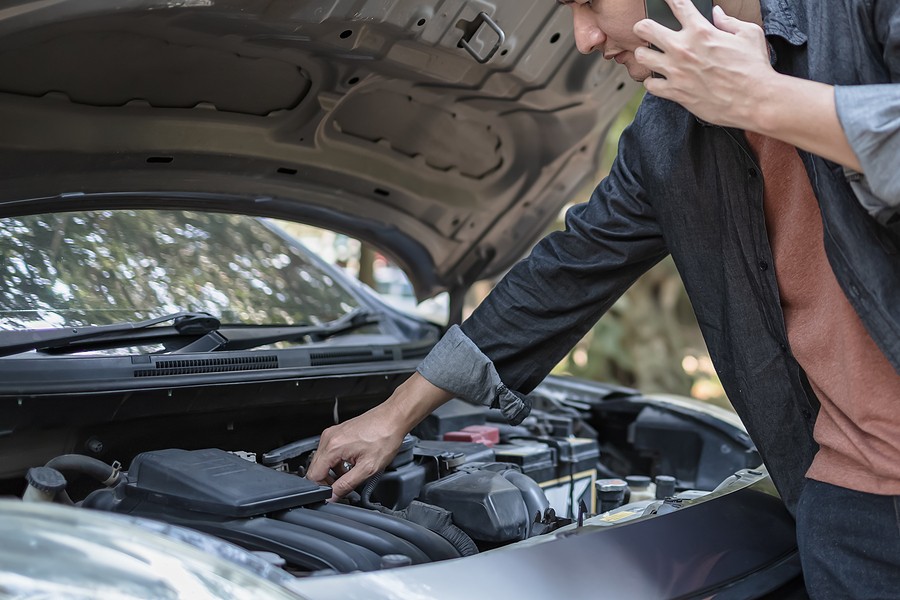A seized engine is a serious problem that can occur in any vehicle. It occurs when the internal moving parts of the engine become locked, preventing the engine from running. This can happen for a variety of reasons, including lack of lubrication, overheating, and improper maintenance.
Causes of a Seized Engine
Lack of Lubrication
One of the most common causes of a seized engine is lack of lubrication. The internal moving parts of the engine, such as the pistons and crankshaft, rely on lubrication to prevent friction and wear. When the engine oil is low or not changed frequently enough, these parts can become damaged and eventually seize.
Overheating
Another common cause of a seized engine is overheating. The engine produces a lot of heat during operation, and this heat needs to be dissipated through the cooling system. If the coolant is low, the radiator is clogged, or the thermostat is faulty, the engine can become too hot and cause the pistons to seize.
Improper Maintenance
Proper maintenance is key to preventing a seized engine. This includes regular oil changes, checking and replacing worn parts, and keeping the cooling system in good working order. If these tasks are neglected, the engine can become damaged and seize over time.
Signs of a Seized Engine
If you suspect that your engine may be seized, there are several signs to look for. The most obvious sign is that the engine will not start or run. Other signs include a loud knocking or ticking noise from the engine, smoke or steam coming from the engine, and a burning smell.
Consequences of a Seized Engine
A seized engine is a serious problem that can lead to costly repairs or even the need for a new engine. In some cases, the damage may be so severe that the vehicle is not worth repairing. Additionally, driving a vehicle with a seized engine can cause further damage to the transmission and other components.
Prevention of a Seized Engine
The best way to prevent a seized engine is to maintain your vehicle according to the manufacturer's recommended schedule. This includes regular oil changes, keeping the coolant level correct, and having the vehicle inspected for potential problems. It's also important to watch for warning signs of a problem, such as strange noises or warning lights on the dashboard.
FAQs
- What causes an engine to seize? An engine can seize due to a lack of lubrication, overheating, or contamination of the oil with debris or coolant.
- Can an engine be repaired after it has seized? It is possible to repair a seized engine, but it is often more cost-effective to replace it.
- How can I tell if my engine has seized? Symptoms of a seized engine include difficulty turning over the engine, a knocking or banging noise coming from the engine, and smoke or burning smells.
- Can a seized engine damage other parts of the car? A seized engine can damage other parts of the car, such as the transmission or the differential, if they are connected to the seized engine.
- Is it safe to drive a car with a seized engine? No, it is not safe to drive a car with a seized engine as it can cause further damage and potentially be dangerous.
- How do I prevent my engine from seizing? Regular maintenance, such as oil changes and coolant flushes, can help prevent an engine from seizing.
- Can a seized engine be caused by a lack of oil? Yes, a lack of oil can cause an engine to seize as it needs lubrication to function properly.
- Yes, using the wrong type of oil can cause an engine to seize as it may not provide the necessary lubrication or may contain contaminants that can damage the engine.
- Can a seized engine be caused by a mechanical failure? Yes, a mechanical failure such as a broken oil pump or a failed bearing can cause an engine to seize.
- How much does it cost to repair a seized engine? The cost to repair a seized engine will vary depending on the extent of the damage and whether the engine needs to be replaced or rebuilt. It could cost from a few hundred to a few thousand dollars.
Conclusion
In conclusion, a seized engine is a serious problem that can occur in any vehicle. It is caused by lack of lubrication, overheating, and improper maintenance. It is important to be aware of the signs of a seized engine and take steps to prevent it by maintaining your vehicle regularly. Regular oil changes, keeping the coolant level correct and having the vehicle inspected for potential problems are the key steps in preventing a seized engine.



